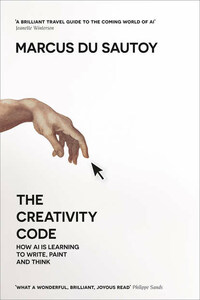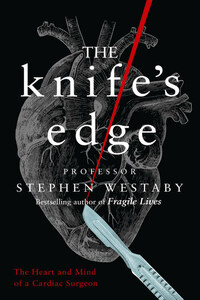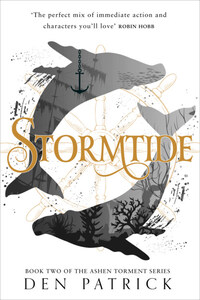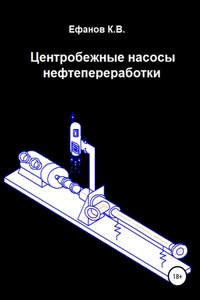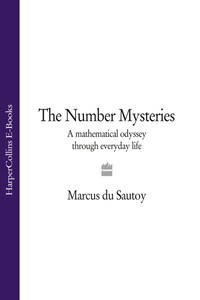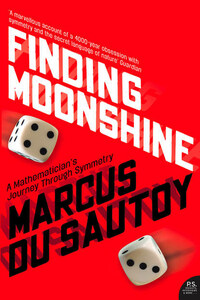4th Estate
An imprint of HarperCollinsPublishers
1 London Bridge Street
London SE1 9GF
www.4thEstate.co.uk
First published in Great Britain by 4th Estate in 2019
Copyright © Marcus du Sautoy 2019
Marcus du Sautoy asserts the moral right to be identified as the author of this work.
All reasonable efforts have been made by the author and the publisher to trace the copyright holders of the images and material quoted in this book. In the event that the author or publisher are contacted by any of the untraceable copyright holders after the publication of this book, the author and the publisher will endeavour to rectify the position accordingly.
Diagrams redrawn by Martin Brown
Cover image © Hands of God and Adam, detail from The Creation of Adam, from the Sistine Ceiling, 1511 (fresco) (pre restoration), Buonarroti, Michelangelo (1475-1564) / Vatican Museums and Galleries, Vatican City / Bridgeman Images
Author photo © Oxford University Images/Joby Sessions
A catalogue record for this book is available from the British Library.
All rights reserved under International and Pan-American Copyright Conventions. By payment of the required fees, you have been granted the non-exclusive, non-transferable right to access and read the text of this e-book on-screen. No part of this text may be reproduced, transmitted, down-loaded, decompiled, reverse engineered, or stored in or introduced into any information storage and retrieval system, in any form or by any means, whether electronic or mechanical, now known or hereinafter invented, without the express written permission of HarperCollins.
Source ISBN: 9780008288150
Ebook Edition © March 2019 ISBN: 9780008288167
Version: 2019-01-28
To Shani,for all her love and support,creativity and intelligence
Works of art make rules; rules do not make works of art.
Claude Debussy
The machine was a thing of beauty. Towers of gears with numbers on their teeth pinned to rods driven by a handle that you turned. The seventeen-year-old Ada Byron was transfixed as she cranked the handle of Charles Babbage’s machine to watch it crunch numbers, calculate squares and cubes and even square roots. Byron had always had a fascination with machines, fanned by the tutors her mother had been happy to provide.
Studying Babbage’s plans some years later for the Analytical Engine, it dawned on Ada, now married to the Earl of Lovelace, that this was more than just a number cruncher. She began to record what it might be capable of. ‘The Analytical Engine does not occupy common ground with mere “calculating machines.” It holds a position wholly its own, and the considerations it suggests are more interesting in their nature.’
Ada Lovelace’s notes are now recognised as the first inroads into the creation of code. That kernel of an idea has blossomed into the artificial intelligence revolution that is sweeping the world today, fuelled by the work of pioneers like Alan Turing, Marvin Minsky and Donald Michie. Yet Lovelace was cautious as to how much any machine could achieve: ‘It is desirable to guard against the possibility of exaggerated ideas that might arise as to the powers of the Analytical Engine. The Analytical Engine has no pretensions whatever to originate anything. It can do whatever we order it to perform.’ Ultimately, she believed, it was limited: you couldn’t get more out than you’d put in.
This idea was a mantra of computer science for many years. It is our shield against the fear that we will set in motion something we can’t control. Some have suggested that to program a machine to be artificially intelligent, you would first have to understand human intelligence.
What is going on inside our heads remains a mystery, but in the last few years a new way of thinking about code has emerged: a shift from a top-down attitude to programming to a bottom-up effort to get the computer to chart its own path. It turns out you don’t have to solve intelligence first. You can allow algorithms to roam the digital landscape and learn just as a child does. Today’s code created by machine learning is making surprisingly insightful moves, spotting previously undiscovered features in medical images, and investing in shrewd trades on the stock market. This generation of coders believes it can finally prove Ada Lovelace wrong: that you can get more out than you programmed in.
Yet there is still one realm of human endeavour that we believe the machines will never be able to touch, and that is creativity. We have this extraordinary ability to imagine and innovate and to create works of art that elevate, expand and transform what it means to be human. These are the outpourings of what I call the human code.
